Legionnaires' Disease: Symptoms, Causes and Treatments
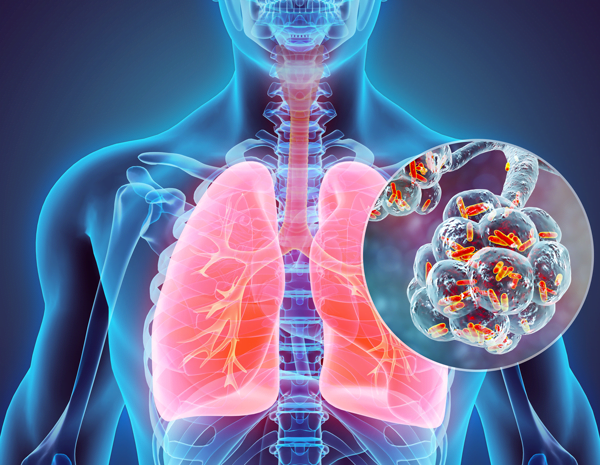
Related products
What is Legionnaires’ Disease?
Legionnaires’ disease is a severe form of pneumonia caused by a bacteria named Legionella. The bacteria were first discovered after an outbreak at a 1976 American Legion convention in Philadelphia. The name for the bacteria came from the convention attendees who started to develop a form of pneumonia and simply described it as Legionnaires’ disease. There is a test for the presence of Legionella in an environment that is not expensive, and a list of labs provides results rapidly. It is extremely difficult to detect Legionella in a clinical laboratory because clinical isolates of Legionella are difficult to grow on most culture media and require special culture media. The patient’s immune system fights off the bacteria and the symptoms disappear, and the person continues with their life and never seeks a diagnosis.

Legionella bacteria prefer warm water, and people acquire the infection by inhaling fine mist or water droplets contaminated with these bacteria from the air. There have been outbreaks associated with the whirlpool spas in the past and the hospital building water systems. Up to 5,000 people a year in the United States are victims in hospitals because of this disease. However, the number of infections is likely much higher than reported. In addition to the diagnosed cases, many infections likely happen due to sensitive cases that hospitalize or kill people every year are not diagnosed as Legionnaires’ disease and so are not reported.
What is the difference between Legionnaires’ disease and Pneumonia?
Legionnaires’ disease is a specific type of pneumonia caused by Legionella bacteria infecting the lungs. Most hospitalized patients with Legionnaires’ disease typically present with a fever and cough, alongside other pulmonary symptoms such as diarrhoea and confusion.
What are the Symptoms of Legionnaires' Disease?
- Muscle Aches
- High Fever: Often exceeding 104 degrees Fahrenheit or 40 degrees Celsius
- Headaches
- Agitation
- Chills
- Cough
- Confusion
Initially, patients experience only muscle aches and a mild headache. Additional symptoms typically appear 1 to 2 days later. As the condition progresses, fever intensifies, accompanied by worsening muscle pain and chills. Respiratory symptoms like coughing, shortness of breath, and chest pains develop as the bacteria commonly infect the lungs. The cough is initially dry but progresses to produce sputum and potentially blood. Approximately one-third of those infected experience nausea, vomiting, and diarrhoea. Gastrointestinal symptoms often result in significantly reduced appetite. Confusion and alterations in behaviour manifest.

What are the Complications of Legionnaires' Disease?
Legionnaires’ disease leads to severe complications:
- Respiratory Failure: This occurs when the lungs fail to deliver sufficient oxygen to the body.
- Kidney Failure: Can result from the accumulation of fluids and waste products in the bloodstream.
- Septic Shock: Where the infection spreads to the bloodstream, causing a rapid drop in blood pressure. This compromises blood flow to vital organs, including the brain and kidneys.
How is Legionnaires' Disease Transmitted?
Most cases of Legionnaires’ disease are isolated and not part of recognized outbreaks. Despite this, more than 20 outbreaks are reported annually. While these outbreaks are more common in summer or early autumn, Legionnaires’ disease occurs throughout the year.
Legionella users are found in natural water sources such as rivers and lakes. In most cases, they exist in relatively low numbers and do not appear to be harmful. Sometimes they penetrate artificial water systems, for instance, the evaporative condensers in air conditioning and industrial cooling systems. Moreover, Legionella was found anywhere that water was artificially supplied or used. Individuals get infected by inhaling small droplets of fine mists of water contaminated with virulent bacteria, not through ingestion. While person-to-person transmission is rare, there have been few reported cases where Legionnaires’ disease was transmitted between individuals. This condition is more frequent in areas that have complicated water delivery systems. The knowledge of these differences helps someone put mitigation measures in place thus preventing risks of contracting the disease.
What are the Risk factors of Legionnaires’ Disease?
There are several factors leading to people being more likely to suffer from Legionnaires’ disease.
Age - People over 50 are more likely to be affected.
Existing health conditions - those already present increase the likelihood. People already suffering from respiratory problems, including people who smoke, suffer from chronic obstructive pulmonary disease and lung cancer. A weak immune system causes higher risk. Diabetes, kidney disease, leukaemia, other types of cancer, and chemotherapy all weaken the immune system.
Certain lifestyle choices and habits increases the risk. For example, heavy drinking increases the odds. One study demonstrated that people who used cannabis were more likely to suffer from the disease. Another source offers a multitude of other factors, for example, giving birth in a body of water. In the 50 states of the US, only one newborn bear is suspected to have gotten ill in the first month of the baby’s life. Unfortunately, in 2016 there were already 2 cases of such illness: 2 newborns were getting intravenous antibiotics for Legionnaires’ disease, and both were born in home birthing tubs.
How is Legionnaires’ Disease Diagnosed?
Most often, a urine and sputum test are ordered to diagnose Legionnaires’ disease. In addition to imaging the inside of the chest using an X-ray or CT scan. A physical examination indicates that patients are asked about their health and travel history. Tests Done to Diagnose Legionnaires’ Disease
To diagnose Legionnaires’ disease, tests are done to see if it is Legionella bacteria and not something else. Tests and imaging to diagnose Legionnaires’ disease are urine tests and sputum tests.
1. The urine test is done by:
A “clean catch” method is used, so the sample is sterile. First, wash your hands. Second, clean and dry the genital area. Third, release the first portion of urine into the toilet. Fourth, direct urine is then collected in a container. Fifth, finish urinating in the toilet bowl. Sixth, return the container as instructed by the health care provider.
2. Sputum test is done by the doctors as follows:
Doctors ask to breathe deeply and then cough deeply into a special cup. the party that was evaluated was put to bed, and the doctor tapped her back, so the sputum came from the lungs. If the sputum does not come, then the doctors ask to breathe with salt, after which it seems to cough.
3. Blood Test
A healthcare professional extracts a blood sample from a vein in the arm using a small needle, typically a quick procedure lasting less than 5 minutes. The collected blood is then deposited into a test tube or vial for further analysis.
4. Imaging
Healthcare providers employ specialized machines to capture images of lungs. These images help in detecting any abnormalities or changes, such as pneumonia, within the lung tissues.

5. Bronchoscopy
Providers perform a bronchoscopy, utilizing a slender, illuminated tube known as a bronchoscope, to visually examine the interior of the lungs. During this procedure, they retrieve samples of lung tissue or fluids for diagnostic testing.
6. Thoracentesis.
In an aspiration called thoracentesis, fluid is drained from outside the lungs and tested for signs of Legionella.
What are the Risks and Results of the Tests for Legionnaires’ Disease?
There is no risk of providing a urine or sputum sample. However, if a person takes a blood test, he has slight pain or bruising at the needle site, but most symptoms disappear quickly. As for the test results, if one has a positive result, one most likely has Legionnaires’ disease. However, the negative result means one has another type of infection or few Legionella bacteria in the sample. If necessary, one repeats the test to verify the result.
What is the Management and Treatment of Legionnaires’ Disease?
Mild Legionnaires’ disease is treated with a single antibiotic regimen. The possible drugs include fluoroquinolones, such as levofloxacin or moxifloxacin, or macrolides, such as azithromycin or clarithromycin. An alternative therapy is a tetracycline of choice or a doctor’s prescription. In case of suspected Legionella infection, use either a fluoroquinolone or a macrolide, as tetracyclines are not effective against this strain.
Intravenous antibiotics must be used in patients with severe disease requiring hospitalization; use oral antibiotics for a 10- to 14-day course for patients when there has been clinical improvement. Immunocompromised patients or patients with severe underlying disease, or severe and complicated pneumonia due to L. pneumophila must receive a 14- to 21-day course. Immunosuppressed patients must receive a fluoroquinolone. If fluoroquinolone is not an option, use azithromycin. For those who are on immunosuppressive medications, dose reduction is necessary. The mortality rate among the immunocompromised patient population remains high with Legionella infection. Legionnaires’ disease is generally preventable and, therefore, people in the general population don't have to contract the illness.
What are some of the Prevention Strategies to protect against Legionnaires' Disease?
The risk of Legionnaires’ disease is mitigated by implementing measures to control the growth of Legionella bacteria in various systems and environments, including spas, hot water systems, cooling towers, and even potting mixes. Understanding and adhering to preventive guidelines are crucial to minimizing the transmission of Legionella bacteria and preventing outbreaks.
1. Maintenance and Treatment of Artificial Systems
Government regulations provide specific guidelines for the maintenance and treatment of artificial water systems to prevent the proliferation of Legionella bacteria.
2. Hot Water Systems
Legionella bacteria thrive on hot water systems mainly where the water is either standing or kept at temperatures ranging between 25 at 50 °c. The potential reservoirs include shower nozzles, hot water taps, storage vessels, combination hot/cold water-delivery units, and fittings, including hoses, and shower heads and filters. Proper installation and regular maintenance of domestic plumbing systems are essential in the prevention of the growth of Legionella bacteria. It is important to consult a licensed plumber in case there are any concerns regarding the system's integrity and water quality.

3. Spa Pools
The good management and maintenance of spa pools is through regular meticulous cleaning, disinfection, and regular maintenance. The maintenance of spa pool water chemistry management, comprehensive disinfection, stringent filtration, and recirculation systems are essential in managing the water as well. The surfaces of the pool need to be cleaned regularly since they help ensure the safety and good management of the water.
4. Fountains
Fountains are very dangerous especially if they have warmed or intermittently warm water especially if they create aerosols carrying the Legionella bacteria. Therefore, it is very important that they are regularly disinfected or kept clean, and that the water is kept clean or be changed regularly.
5. Nebulisers and Humidifiers
Proper maintenance of nebulizers is included in the manufacturer’s guidelines on the cleaning of the nebulizers including the periodic servicing of the pumps and the replacement of the filters while the humidifiers are maintained through, the use of only distilled, boiled and cooled water. After using the nebulizer must practice good cleaning by soaking it in warm dishwashing liquid and hot warm. Rinse it in clean boiled water and then air-dry all the components. Likewise, all the components of the humidifier are dried completely after boiling. Both the nebulizer and humidifier must not be wiped dry as they introduce more germs into it.
6. Spa Baths
Regular maintenance of the spa bath is done primarily by draining and cleaning it after every use. Regular inspections and cleaning are paramount in maintaining cleanliness. Finally, the recommended method of keeping the whole system dry during inactivity is the best in ensuring the whole system is maintained dry.
When it comes to domestic evaporative air conditioners, the muck of these cooling systems that supports the growth of bacteria, algae, and debris must be cleaned to allow a continuous schedule of maintenance to decrease the risk and ensure optimum performance of the unit. As for the portable evaporative cooling units, they must be drained, thoroughly cleaned, and dried if it is not in use for a long period or weekly operation. Also, when handling soil or potting mix, one must wear a dust mask and gloves to avoid potential microorganisms and the risk of Legionnaires’ disease.
What are some of the Ways to Take Care of Potting Mix with Legionella?
The disease is a pneumonia-like illness caused by inhalation of the bacterium. Here are the methods one use to stay away from that sickness:
- Wear protective equipment – this is an essential way of avoiding the disease. One must use a dust mask and gloves when handling soil, compost, or potting mix.
- Follow and maintain good personal hygiene – one must always wash the hands after handling soil and at vital times like before smoking, drinking, eating, or touching the face.
- Keep the potting mix bags out of direct sunlight, thus ensuring it does not support the legionella growth. The area must be well-ventilated too.
- Try to open the bags gently and carefully in a ventilated area to avoid inhaling soil dust.
- Control the extent of watering by using gentle streams to shower plants with a low-pressure hose, which prevents the formation of aerosols. The leaves must not splash the area but rather into a bucket.
- Avoid breathing plant water droplets in hanging baskets or other drips as the water feeds the pot plants and does not touch the soil.
Adherence to the above preventive methods prevents someone from getting the disease in Australia sent from artificial water systems or the environment. The workers of artificial systems must observe closely and follow the guidelines.
People Also Ask
Can Legionnaires’ disease recur after getting the treatment?
Yes, it is possible to contract Legionnaires’ disease even after getting the treatment, but it is not common. the recurrence of Legionnaires’ disease happens when an individual is re-exposed to Legionella bacteria which is commonly found in water reservoirs such as hot tubs, plumbing systems and cooling towers. Individuals with compromised immunity or suffering from chronic lung diseases are at high risk of contracting the Legionnaires’ disease. It is important to closely monitor the patient of Legionnaires’ disease and make sure that the treatment is properly followed with completion of the antibiotic courses. Additionally, preventive measures must also be followed such as proper maintenance of the water reservoirs by regular disinfection can significantly decrease the risk of recurrence of Legionnaires’ disease.
How often the water systems must be checked for Legionella bacteria?
Water systems must be checked for Legionella bacteria at least four times per day. This frequency also depends on the related factors such as the complexity of the water system, number and kind of people using it such as hospitals or nursing homes and local health regulations regarding the spread of water-borne infections. It is essential to routinely check the systems to detect the minimal quantities of Legionella bacteria rather early, that allows for prompt remediation by cleaning and disinfection. These measures help with reducing the outbreak of Legionnaires’ disease and labels the water system safe for consumption.
Conclusion
Legionnaires’ disease is a severe form of pneumonia caused by a bacteria named Legionella. Symptoms of Legionnaires’ disease include headache, muscle aches, high fever, agitation, chills, cough and confusion. As the condition progresses, fever intensifies, accompanied by worsening muscle pain and chills.
Long-term Complications of Legionnaires’ disease include septic shock, respiratory failure and kidney failure. Risk factors of Legionnaires’ disease include advancing age, previous or current history of certain health conditions and poor habits of heavy drinking and substance use. To diagnose the Legionnaires’ disease, healthcare experts would advise urine test, sputum test, blood test, imaging of the chest, bronchoscopy and thoracocentesis.
Mild Legionnaires’ disease is treated with a single antibiotic regimen. The possible drugs include fluoroquinolones, such as levofloxacin or moxifloxacin, or macrolides, such as azithromycin or clarithromycin. Intravenous antibiotics must be used in patients with severe disease requiring hospitalization; use oral antibiotics for a 10- to 14-day course for patients when there has been clinical improvement. The risk of Legionnaires’ disease is mitigated by implementing measures to control the growth of Legionella bacteria in various systems and environments, including spas, hot water systems, cooling towers, and even potting mixes. Understanding and adhering to preventive guidelines are crucial to minimizing the transmission of Legionella bacteria and preventing outbreaks.





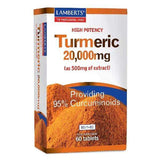



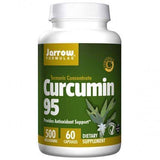

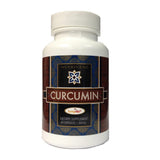


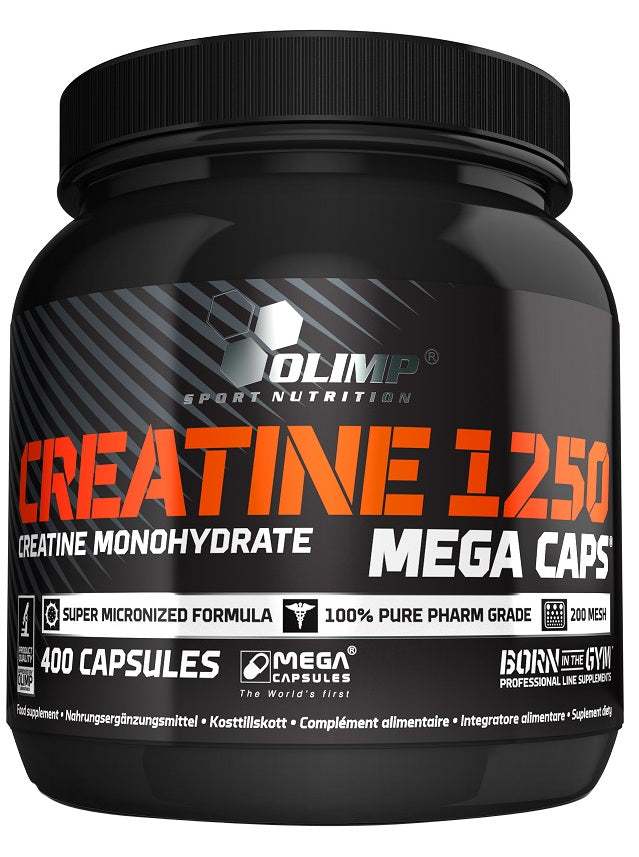






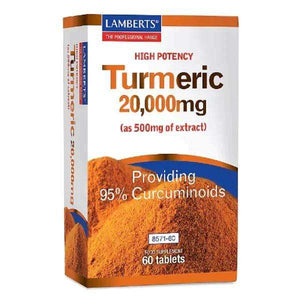





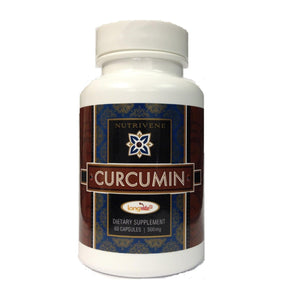






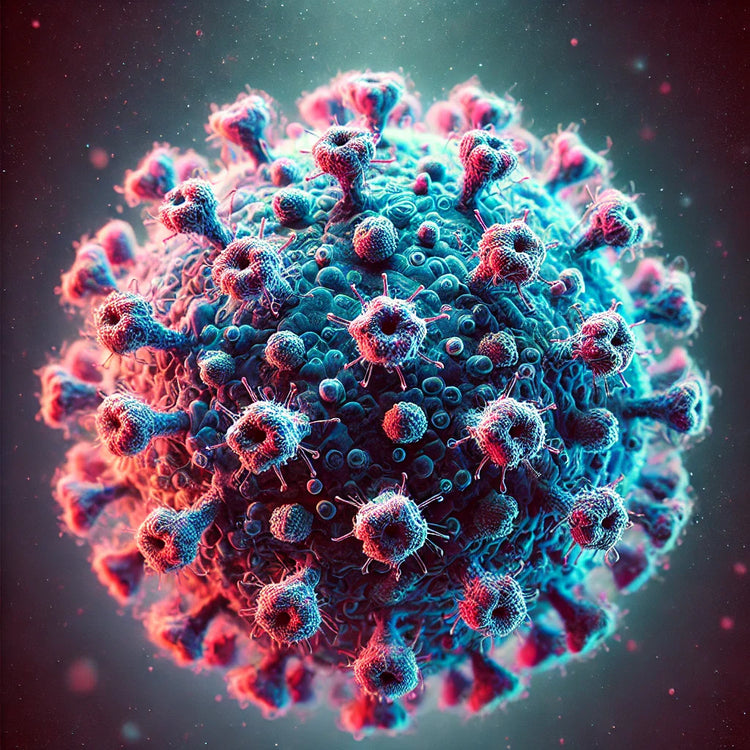
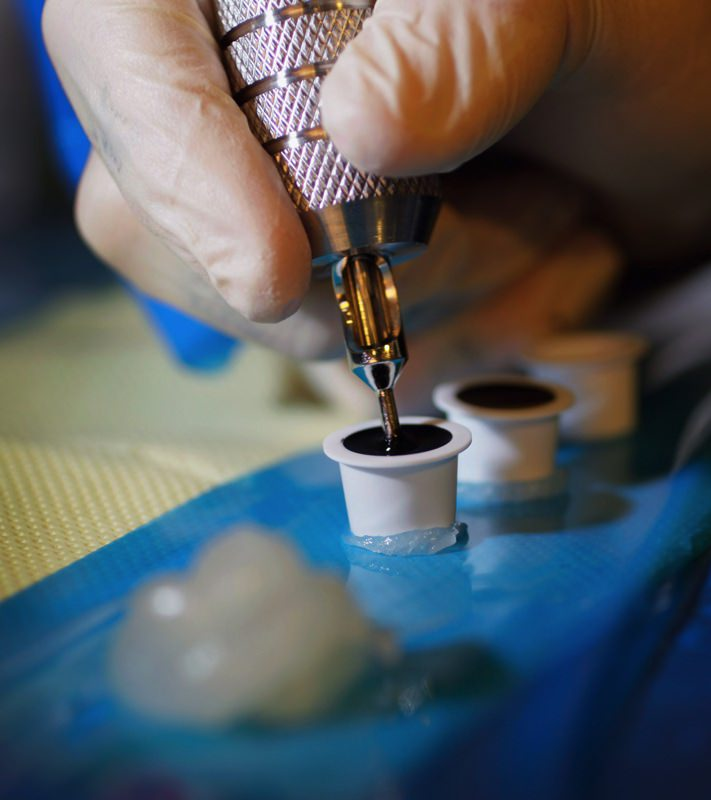
 Rated Excellent by 26,523+ Reviews
Rated Excellent by 26,523+ Reviews